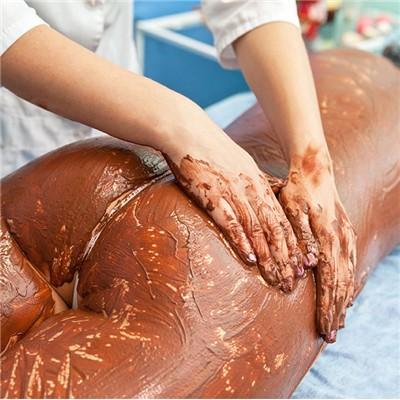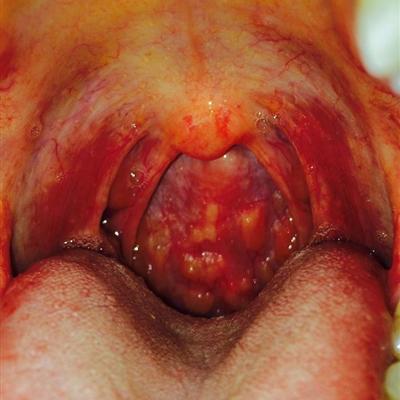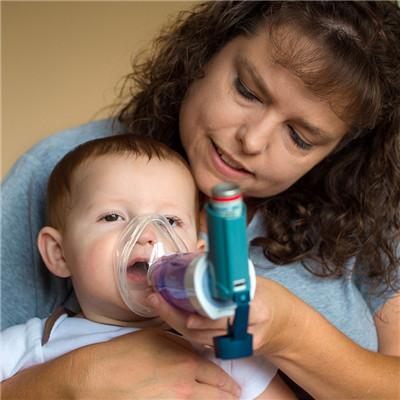Symptoms of bacterial keratitis
summary
Bacterial keratitis is purulent keratitis caused by bacterial infection, also known as bacterial corneal ulcer. If not treated effectively, corneal ulcer perforation, even intraocular infection, and eventually eyeball atrophy may occur. Symptoms of bacterial keratitis? Let's talk about it
Symptoms of bacterial keratitis
Eyelid swelling, bulbar conjunctival edema, ciliary congestion or mixed congestion. In the early stage of the lesion, there was a well-defined epithelial ulcer on the cornea. Under the ulcer, there were indistinct and dense gray yellow infiltrating foci, and the surrounding tissues were edematous.
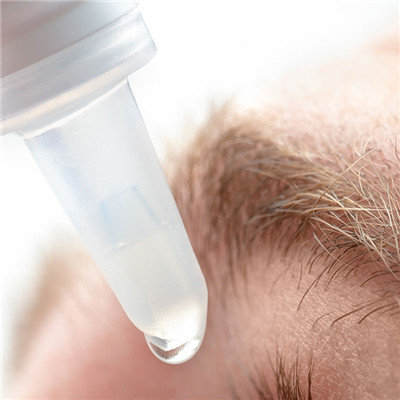
The infiltrating foci expanded rapidly and ulcerated. When corneal ulcer develops to deep layer and perforation is about to occur, a thin layer of transparent tissue can appear on the ulcer base and bulge forward, which is called posterior elastic membrane bulge. When the cornea is perforated, the patient will feel severe pain and "hot tears" (aqueous humor) flowing out of the anterior chamber.

In severe keratitis or corneal ulcer, the toxin entering the anterior chamber can stimulate inflammation of iris and ciliary body. Iris ciliary body hyperemia, edema, vascular permeability changes, cell infiltration into aqueous humor, mild aqueous humor turbidity, or corneal deposition; Severe cases have a large number of purulent exudates, deposited in the bottom of the anterior chamber, called anterior chamber purulent corneal ulcer, if not treated in time can produce posterior synechia.
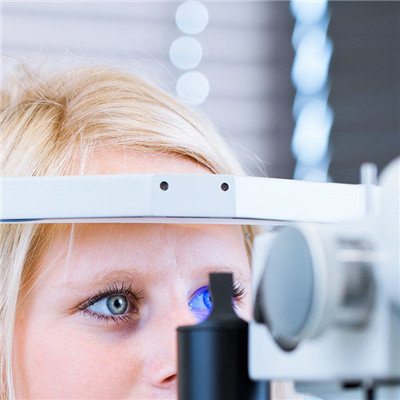
matters needing attention
In acute stage, high concentration of antibiotic eye drops is used frequently (once every 15-30 minutes). In severe cases, the drug is applied once every 5 minutes within the first 30 minutes, which can make the matrix reach the therapeutic concentration of antibiotics. After the disease was controlled, the frequency of medication was gradually reduced. In the course of treatment, effective antibiotics should be adjusted in time according to the results of bacteriological examination and drug sensitivity test. Antibiotic eye ointment can be applied at night.






